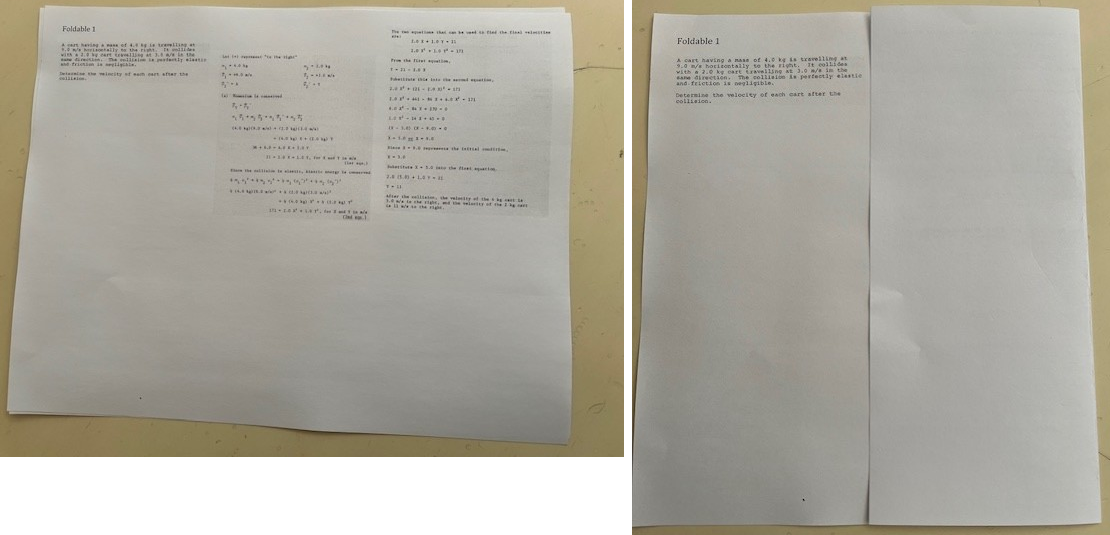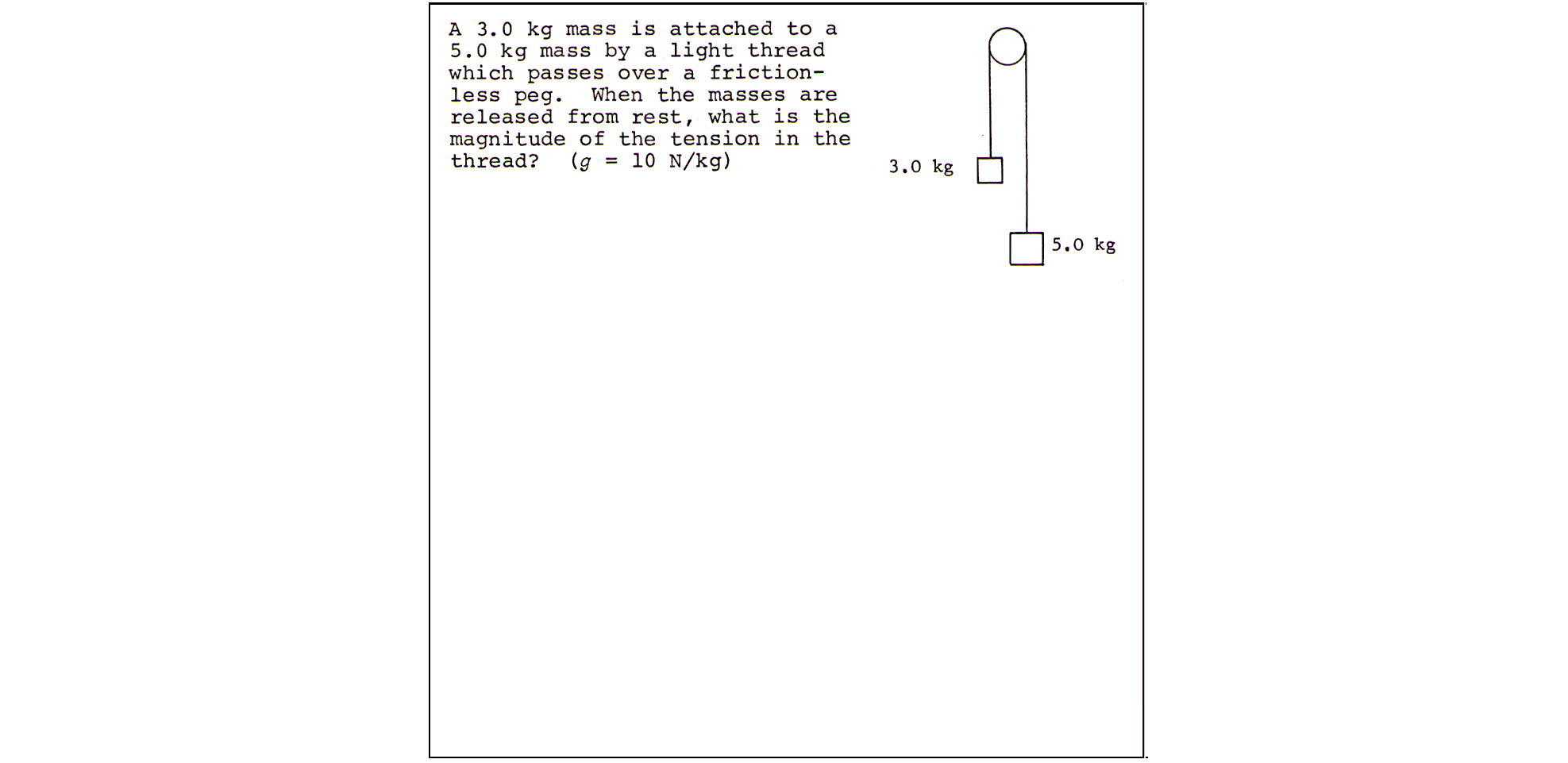Two Engagement Problem Solving Pedagogies
July 17, 2025 Filed in:
ArticlesJohn Caranci, CTL Lecturer Ontario Institute for Studies in Education
john.caranci@utoronto.ca
As physics teachers, we want to engage each and every one of our students. Physics teachers are trained to make objective and evidentiary observations of students as well as physical phenomena. Even if we run a flipped classroom, how do we know if all of the students are focused on their work? Practicing problem solving can be done using two very simple pedagogies that engage every student.
When students practice solving multistep algorithmic problems, a teacher cannot stand over every student to see where they make their mistakes, Foldables or a Graffiti Walk can make this possible. Even using these pedagogies, teacher observation skills are still required. The following are easy steps to perform these pedagogies.
Foldables:
- Create four to six multistep, algorithmic problems with complete solutions.
- Section a landscape-oriented page into thirds, placing the problem in the left panel.
- Print the step-by-step solution single sided in the middle and right panels. (See fig. 1)
- Fold the page so the solution is obscured. (See fig. 2)
- Hand out the problems one at a time handing out each as they finish the previous one.
- Students write the solutions in the available blank sections.
- Observe when students flip over the solution section to check. This gives you a teaching point.
 (fig.1) & (fig.2)
(fig.1) & (fig.2)
Graffiti Walk:
- Create up to six multistep, algorithmic problems.
- Place the problems at the top of a sheet of paper. (See fig. 3)
- Copy the pages so you have enough for each desk in a classroom row.
- Each row has a different question, but all the desks in a row have the same question. Example: Row #1 every desk in the row has the same question. Row #2 has a question different than Row #1 but the same down that row, etc. Tape them to the desks.
- Form groups of two students, with each group beside a desk.
- Get students to do only the first step in the problem they are beside.
- After a reasonable time, say 4 minutes, they are asked to move to the desk behind, where they correct the first step of the group that left and then do the second step. Last group in the row move to the front. Repeat until all of the problem solutions are complete.
- Observe when a group is delaying in a step. This would provide a teaching moment for problem solving. The students will notice this, too.
 (fig. 3) Row #1
(fig. 3) Row #1
Teacher observation is a large part of the success of these methods. The engagement provides a visible means of knowing that all students are on the task. These methods are not to be replaced with homework activities.
The power of these methods to enhance the competencies, motivation, and confidence comes from the repetitive review of each step. Please send me a note when you try these methods.
Tags: Pedagogy



